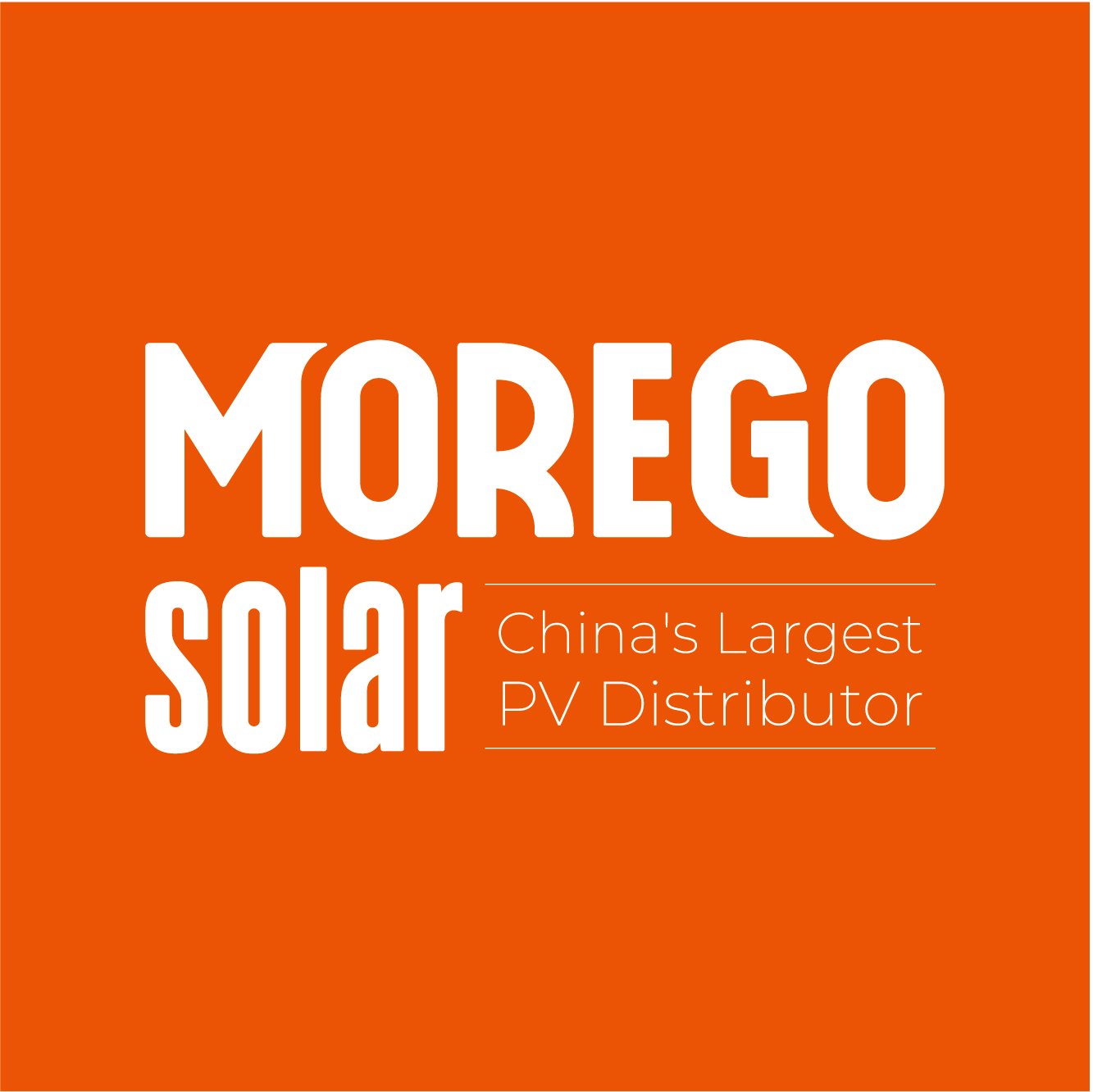Recently, Khajeh Nasir Toosi University of Technology in Iran released a report stating that they achieved a power conversion efficiency of 27.63% by using Perovskite materials methylammonium lead iodide (MAPbI3) and molybdenum ditelluride (MoTe2), and altering the nanostructure into a V shape for "enhanced light absorption."
They note that MoTe2, in particular, has the potential for "cost-effective manufacturing" and "benefits from other promising properties such as tunable band gap, high carrier mobility, non-toxicity, earth-abundancy, and stability and durability."

(Source:Niels van Loon)
It sounds like Perovskite technology is superior to crystalline silicon in terms of power generation efficiency and cost.
With Perovskite technology emerging as a formidable contender against crystalline silicon, why do we still believe that it won't pose a threat to the market dominance of crystalline silicon solar panels for a long time to come?
Firstly, stability is a major challenge for Perovskite cells. The performance of Perovskite cells significantly degrades when exposed to environmental factors such as oxygen oxidation, light irradiation, and ultraviolet radiation. In contrast, crystalline silicon cells have excellent stability due to their stable crystal structure and mature manufacturing processes, enabling them to operate stably in various environmental conditions for a long time.
According to outdoor performance data from JA Solar, a verification power plant equipped with both DeepBlue 4.0 series N-type bifacial modules and P-type PERC bifacial modules located in Qionghai, Hainan Province, China, with a tropical monsoon climate, with an average annual sunshine duration of about 2155 hours and an average annual temperature of about 24°C.
From February 2023 to July 2023, the comparative data of the power generation per watt of n-type modules and p-type modules are shown in the figure. Both types of crystalline silicon solar panels can generate electricity stably for a long time in hot and humid environments. The average power generation per watt is about 4.32 kWh/kW and 4.20 kWh/kW, respectively, with the power generation per watt of n-type modules about 2.9% higher than that of p-type modules.

(Source:JA solar)
Additionally, the lifespan of Perovskite cells is relatively short, far less than that of crystalline silicon cells. The normal service life of crystalline silicon cells can exceed 25 years, while the lifespan of Perovskite cells is usually only a few thousand hours. This makes it difficult for Perovskite cells to meet the long-term stable power supply demand in practical applications.
According to the product data released by Longi on its official website, its Hi-Mo X6 Guardian Anti-Dust series modules can not only guarantee continuous power generation for more than 25 years but also minimize the degree of attenuation of solar panels, and the actual service life can even exceed 25 years.

(Source:Longi)
Furthermore, although Perovskite cells demonstrate high conversion efficiency on a laboratory scale, they still face many technical challenges in large-scale production and application. In contrast, the production process of crystalline silicon cells is quite mature, and high-efficiency, large-area solar panels can be reliably manufactured.
According to efficiency rankings released by TaiyangNews, the highest actual efficiency of current crystalline silicon solar panels has reached 24%, which belongs to AIKO's ABC cell technology. Compared with Perovskite technology still in the laboratory, there is no need for the market to go far and give up balanced development of crystalline silicon products.

Lastly, from a cost perspective, although Perovskite cells have certain advantages in raw material acquisition and manufacturing costs, they still cannot achieve effective cost reduction in large-scale production due to the immaturity of their production processes and stability issues. Crystalline silicon cells, on the other hand, have formed a relatively complete industry chain and cost control system due to their mature manufacturing processes and extensive application foundations.
In summary, although Perovskite cells have potential advantages in some aspects, due to their shortcomings in stability, lifespan, production processes, and costs, they still cannot replace crystalline silicon cells in the dominant position in the solar market. In the future, with the continuous advancement of technology and cost reduction, Perovskite cells may play a role in certain specific fields or applications. However, to fully replace crystalline silicon cells, many challenges need to be overcome.
Disclaimer: The information, including but not limited to text, images, and audiovisual content, provided on this website is sourced from the internet and is intended for educational and informational purposes only. It does not constitute any investment advice. If there is any infringement, please contact us promptly, and we will remove it immediately.

